Cryptids


Cryptozoology is the study of unknown animals, or cryptids. A group of unknown animals are defined as a population of cryptids when they are not only suspected to exist but to be a seperate population that after discovery would be described as a new species or subspecies, or else are perhaps members of a species considered extinct. Cryptozoology is biology and is not associated with animal apparitions. Out of place animals, known species transported to unlikely locations, such as the big cats reported from parts of Britain, are not cryptids even though their existence may be controversial and though a population of out of place animals may in some cases be more likely than a group of genuine cryptids (so the study of out of place animals are still of interest to a cryptozoological researcher for this reason). Many cryptozoologists are qualified scientists, though this is not to say that other cryptozoologists are any less scientific. Cryptozoology interacts with other sciences, such as palaeontology and archaeology and like these other sciences is based upon data that can be verified and hypotheses that can be discussed, such as those relating to the supposed carcass of a sea serpent disgorged at Naden Harbour. Cryptozoology relies upon statistics as do many other sciences, and has done so since the 19th century. Although the word cryptozoology is a relatively new word, the method has been around for much longer and was once the standard method used in zoology. In the 19th century, Huxley confessed to having no doubts about the existence of the serpent of the sea, and other scientists around the same time also had an open minded approach to what would now be called cryptozoology. The arrogant claim of later scientists that all large land animals had been discovered has constantly been refuted by discoveries such as the Chacoan peccary, the pygmy hippopotamus and the Vu Quang ox. Such animals were new to western science, but were understandably known to the locals for a long time, which demonstrates the importance of taking seriously reports of what may be unrecognized animals. The discovery of cryptids can take a long time. The giant forest hog was first reported by Dr., Olfert Dapper in 1668 but only described in 1904. Cryptids can be small animals and do not necessarily need to be vertebrates. Smaller cryptids include the rail sighted by Thor Heyerdahl on a Pacific island and elsewhere in the Pacific the waitoreke of New Zealand, commented upon by Darwin and suspected to be a cynodont. Just as completely new animals can be discovered, so species thought extinct can easily be rediscovered as has repeatedly happened in the 20th century.
Cryptozoology has unfortunately earned a reputation with the mainstream public as a kooky diversion, practiced by the same guys who contact UFOs using modified CB radios while wearing hats made from tin foil. However, the good cryptozoologists are more about science than silliness, and have hatched some compelling theories over the years to explain sightings of unusual animals.
But even the best cryptozoologists have a lot working against them. A serious biologist or zoologist who spends his time and money in the pursuit of some mythical creature is risking career suicide. There is little grant money to be had for a researcher who decides to take a year away from teaching at the University and trek off to the Himalayas in hopes of meeting a Yeti.
Logically, it makes little sense for many of these creatures to have eluded human detection, and we often dismiss the idea of their existence as borderline absurd. Still, many of us are intrigued. Wouldn’t it be interesting if some of these fantastic tales of bizarre animals proved to be true? And that’s what makes a cryptozoologist get out of bed in the morning. We’re all interested in the possibility of the unknown, but they get out there and look for it.
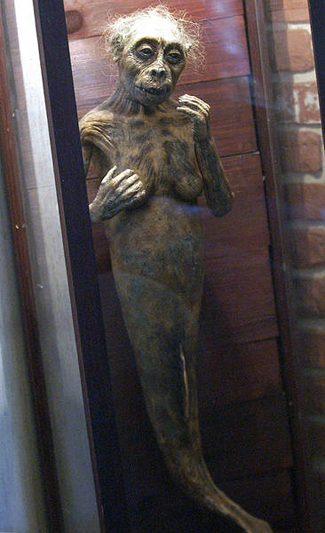
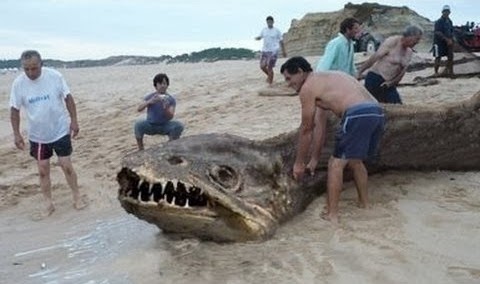

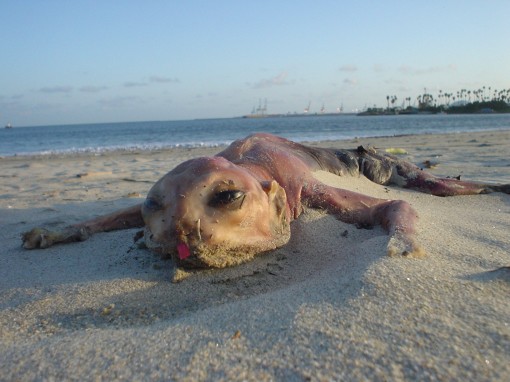
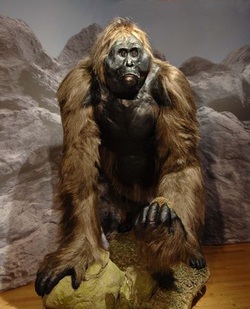
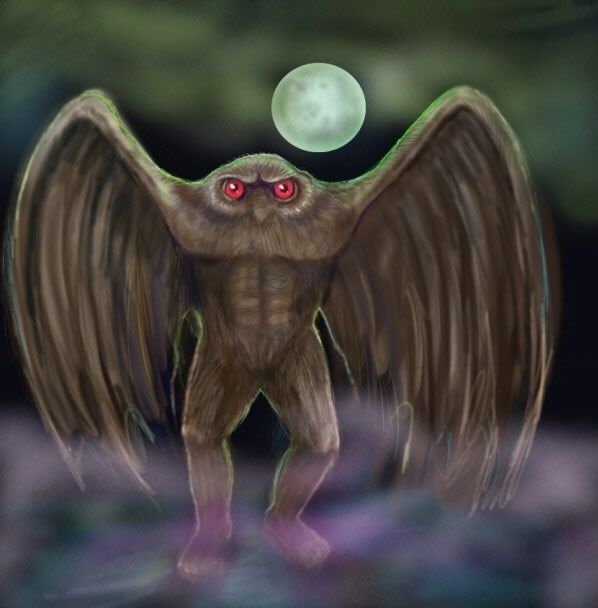

ARE WE HAVING FUN YET???